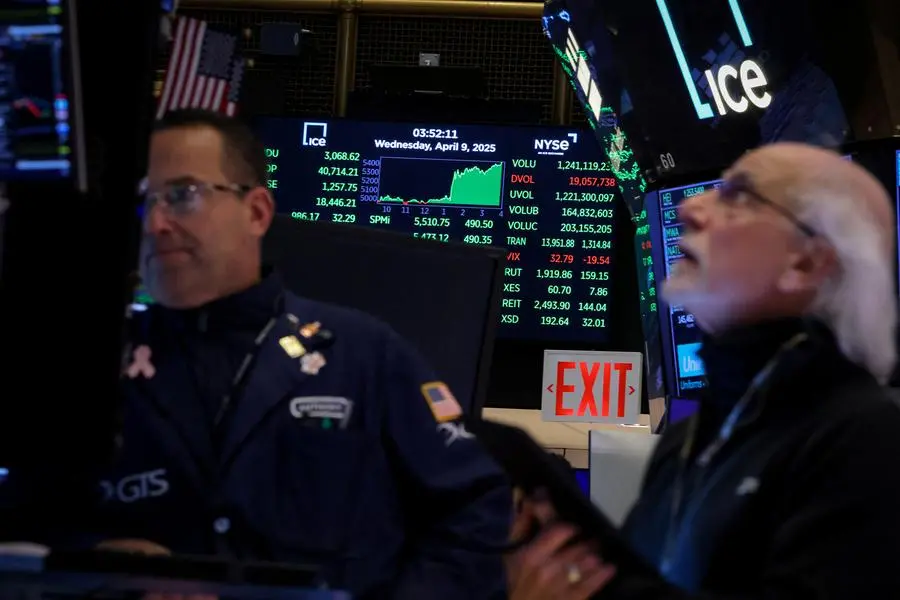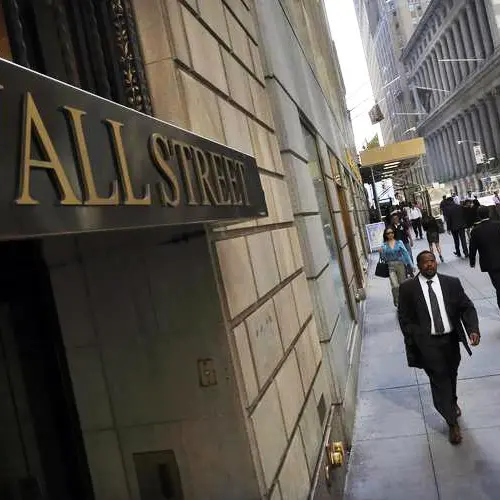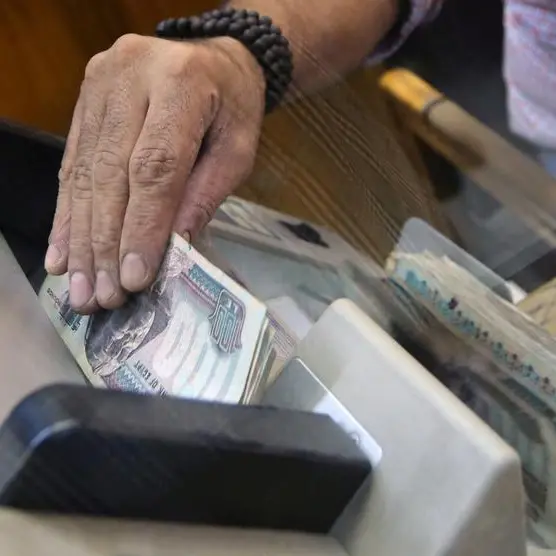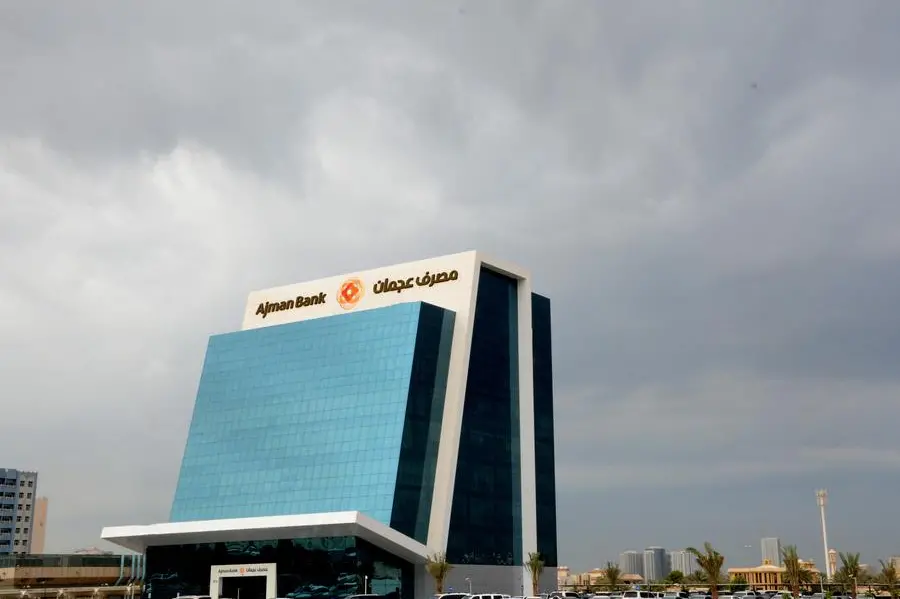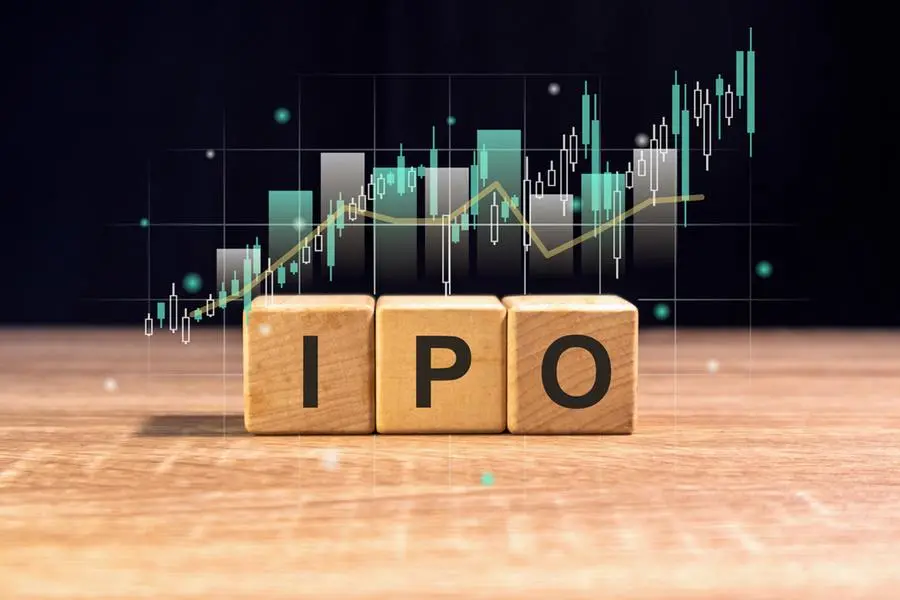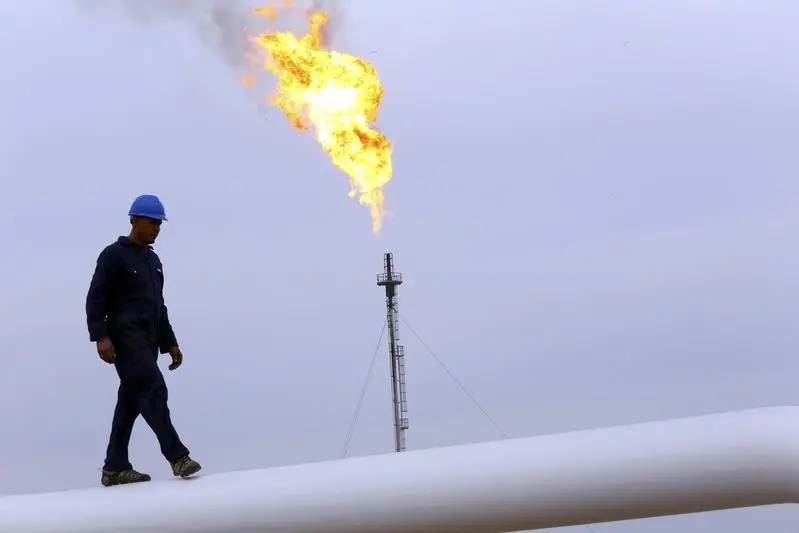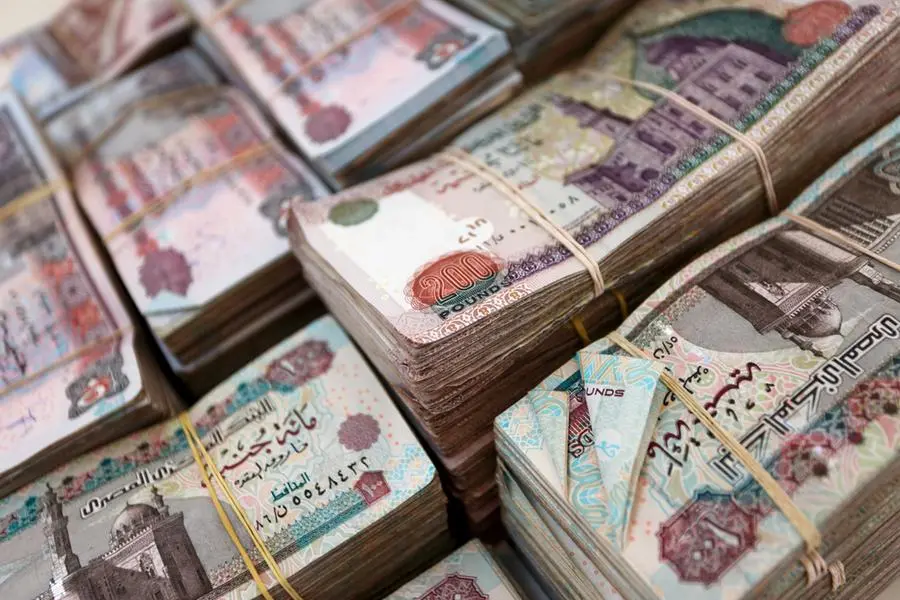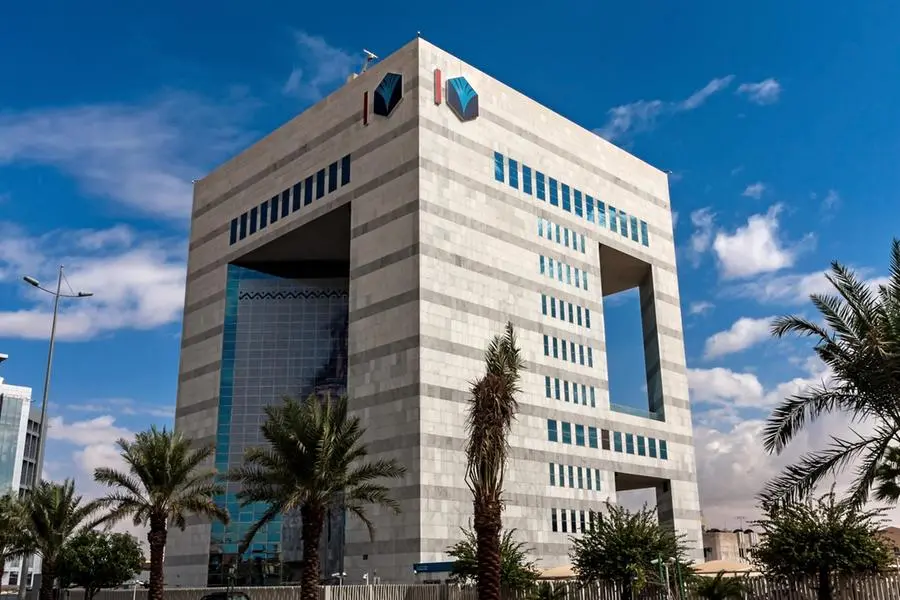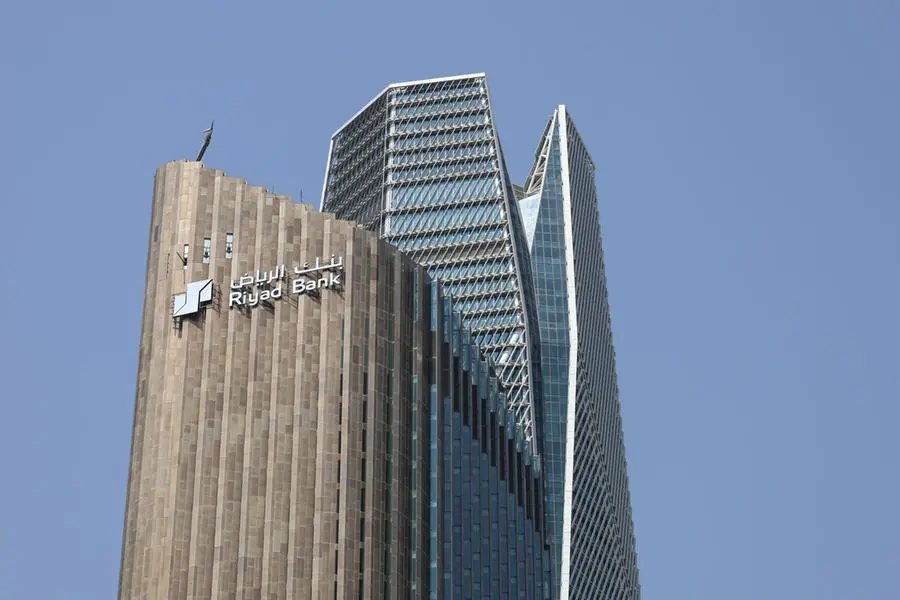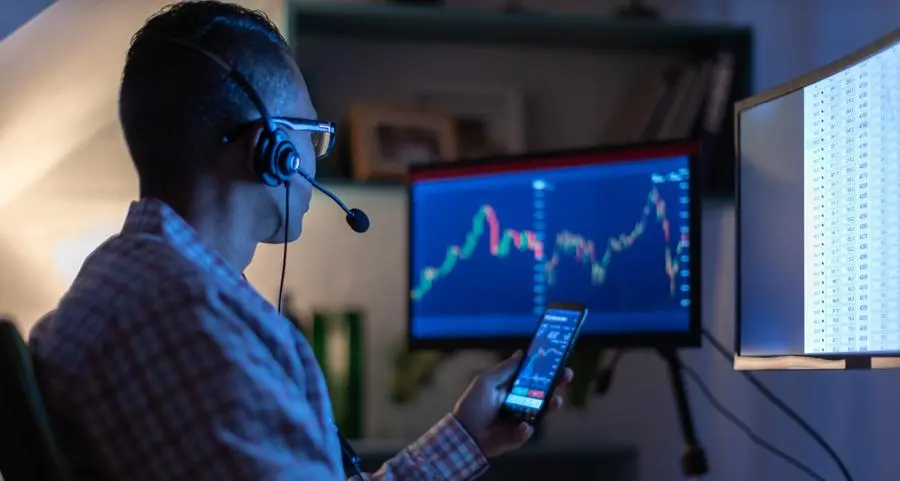PHOTO
Traders work on the floor at the New York Stock Exchange (NYSE) in New York City, U.S., April 9, 2025. REUTERS/Brendan McDermid.
U.S. stock index futures fell on Thursday, a day after an eye-watering rally set off by U.S. President Donald Trump's move to temporarily lower the heavy tariffs on dozens of countries, while raising the levies on China.
The U-turn came less than 24 hours after steep new tariffs took effect on most trading partners, lifting the S&P 500 to its biggest single-day percentage gain since 2008. The Nasdaq posted its biggest one-day jump since 2001.
Trump also announced a 90-day pause on many of his new reciprocal tariffs, but hiked them on Chinese imports to 125% from 104% on Wednesday. Beijing had slapped 84% tariffs on U.S. imports to match Trump's earlier levy.
"The trade war is now turning into a direct confrontation between the U.S. and China... we could again be seeing escalation and de-escalation at the same time, pulling markets in different directions," Rabobank analysts said.
Despite Wednesday's surge, the S&P 500 and the Dow are about 4% below levels seen before the reciprocal tariffs were announced last week.
At 04:55 a.m. ET, Dow E-minis were down 658 points, or 1.61%, S&P 500 E-minis were down 117.75 points, or 2.14% and Nasdaq 100 E-minis were down 503.5 points, or 2.61%.
Most megacap and growth stocks slid in premarket trade after recording stellar gains in the last session, with Tesla sliding 4.5% and Nvidia down 3.8%.
Investors will focus on March consumer prices data later in the day amid worries that Trump's tariffs could hamper global growth and spur inflation.
Economists polled by Reuters expecting headline inflation to ease to 2.6% from 2.8% last month on a yearly basis.
"Risks are clearly tilted to the downside, and if the hit to growth is larger than we assume or the Treasury market stops functioning, a series of rate cuts and market interventions could follow," Nordea analysts said.
Traders see at least three 25-basis point cuts from the Fed this year, starting in June, according to LSEG data.
A weekly jobless claims report will also be released along with the CPI data at 8:30 a.m. ET and at least six Fed officials are slated to make public appearances throughout the day.
Meanwhile, U.S. bonds markets were sanguine after a sharp selloff in the last session, with the yield on the 10-year note dropping to 4.288% from its February peaks.
The CBOE Volatility Index - seen as Wall Street's "fear gauge" - fell from its August highs and was last at 38.79 points.
U.S. earnings season could offer more insights into the health of corporate America. Big banks such as JPMorgan Chase will report first-quarter results on Friday.
(Reporting by Shashwat Chauhan in Bengaluru; Editing by Arun Koyyur)
Reuters
